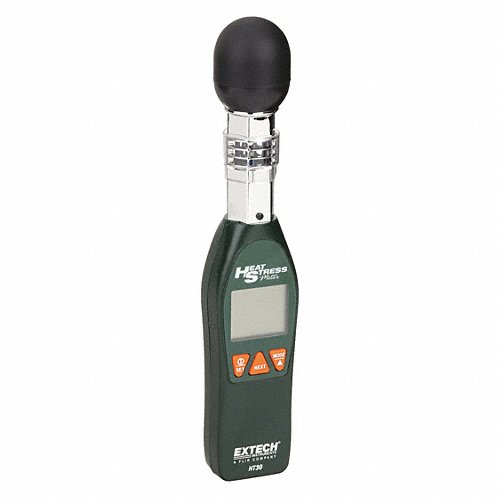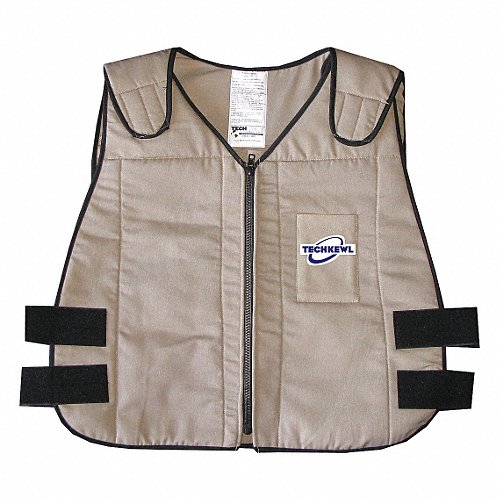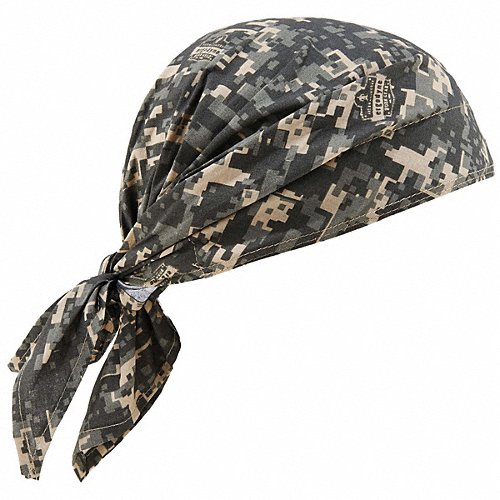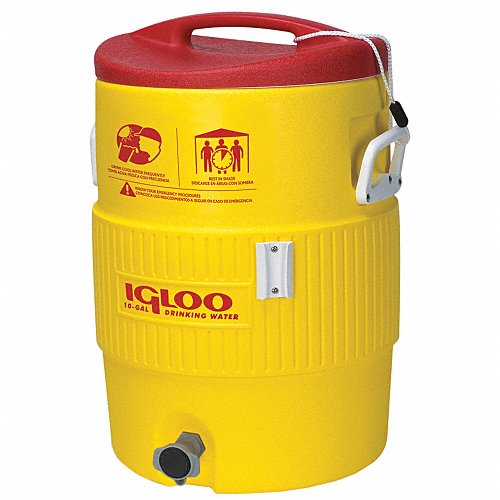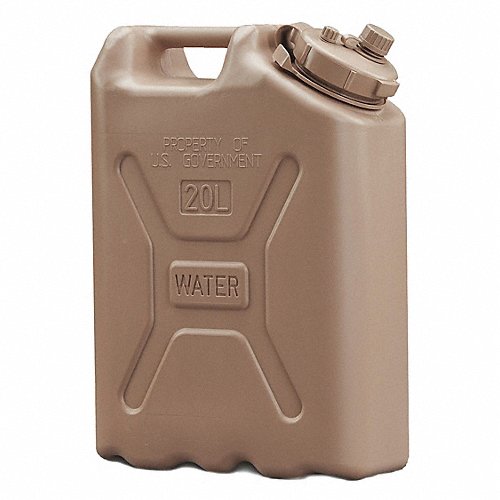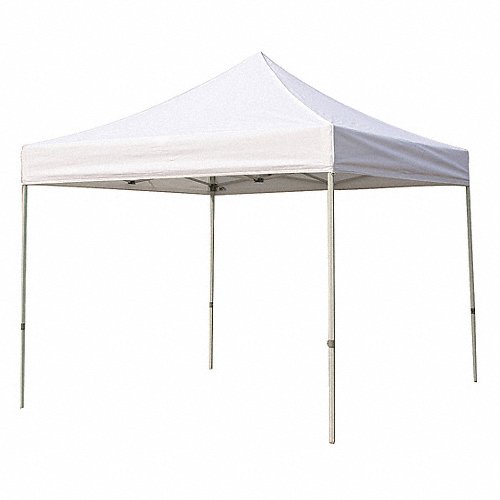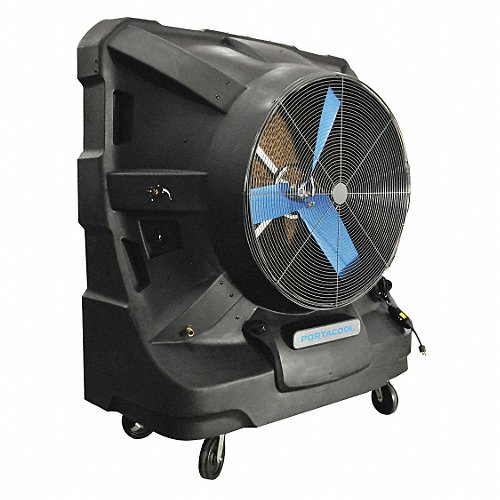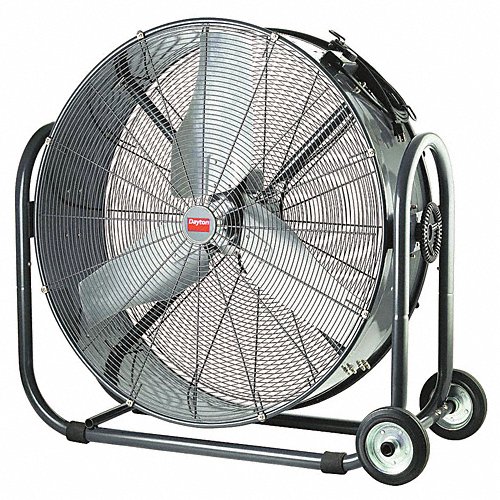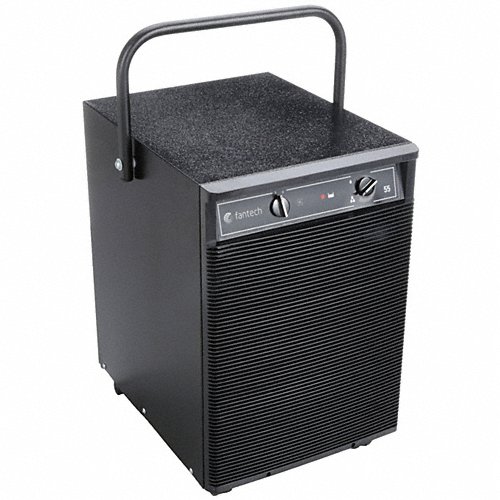

6 Tips to Prepare for More Heat Waves
By Grainger Editorial Staff 4/11/24


Summer 2024 is coming hot on the heels of the warmest winter on record, and OSHA's National Emphasis Program (NEP) focused on preventing heat illness and injuries is still in effect. This program targets 70 industries at high risk for heat hazards, including construction, agriculture, oil and gas operations, manufacturing and warehousing.
Heat-related illnesses and injuries affect thousands of indoor and outdoor workers each year. This NEP is a way to immediately improve enforcement and compliance efforts, while working to establish a heat illness and injury prevention rule.
The NEP program authorizes regional OSHA offices to conduct preemptive enforcement and outreach programs at workplaces to ensure that early safety interventions – such as providing adequate water, shade and rest breaks – are in place.
Heat Waves Are Getting Worse
What's the thinking behind the NEP? Summer heat has always been a workplace risk, but extreme heat waves have created unprecedented hazards in recent years. Overall, heat waves in the U.S. have become more frequent, longer and more intense since the 1960s, and they now occur earlier and later in the year.
The consequences can be deadly. In 2022, there were 43 workers who died from heat exposure according to the Bureau of Labor and Statistics (BLS). And in the decade between 2011 and 2020, 400 workers died from heat exposure according to BLS data.
Even businesses in historically temperate climates now need to prepare for dangerous heat waves. Just think of what happened in Oregon in the summer of 2021. During a record-breaking heat wave, heat stress was a suspected factor in the deaths of a construction worker, an agricultural worker and a warehouse worker.
Understanding the NEP
OSHA's new NEP doesn’t create any new standards or requirements for employers. Instead, it steps up enforcement of existing standards and offers compliance assistance for employers.
- On any day that the National Weather Service has issued heat warnings or advisories for the local area, OSHA will proactively perform heat-related inspections at worksites in high-risk industries.
- OSHA will also initiate compliance assistance in the targeted industries whenever the heat index is expected to be 80 degrees Fahrenheit or higher.
Prepping for the Heat: 6 Tips
Businesses can take a comprehensive approach to protect workers from heat stress. Consider the following six steps:
1. Develop Protocols
Make a plan for mitigating heat hazards and set a threshold temperature that will trigger your heat safety protocols. The plan should consider which workers are most vulnerable to high temperatures. OSHA recommends designating a responsible person to monitor the temperature and protect vulnerable workers. This designated individual will help ensure that the heat protocol is triggered when heat hazards first appear, rather than reacting to heat illness after it emerges.
2. Educate Employees
Make sure every employee familiar with the heat protocol and feels empowered to act when temperatures rise. Employees should be able to recognize the symptoms of heat stress and know when to take cooling breaks to prevent heat injuries.
3. Plan for Acclimation
The human body needs a period of up to two weeks to fully acclimate to hot conditions. Workers are at the greatest risk for heat illness before they're acclimatized to extreme heat. If possible, schedule easier labor and frequent breaks when temperatures rise suddenly. NIOSH recommends placing new workers on limited duty until their bodies are acclimated, gradually ramping up their volume of work.
4. Modify Schedules
Keep the temperature in mind when scheduling projects. Try to schedule the hottest jobs for the early morning, before temperatures peak. Tasks that are physically demanding or that place workers in the hottest parts of the work area should be avoided in the early afternoon, when temperatures are highest. If possible, add late night and pre-dawn shifts in the summertime, and minimize staffing during the daytime.
5. Provide Support
In hot conditions, shade and unlimited water should be readily available. Businesses should help workers stay hydrated and locate water stations and shade structures so that they are easily accessible on hot days. Whenever possible, workers should be provided with an air conditioned break room where they can rest on hot days.
Pay particular attention to workers who must wear restrictive PPE, such as respirator masks or chainsaw chaps. Heavy PPE can insulate the body, increasing the danger from extreme heat. Cooling vests that use phase change material (PCM) packs can provide relief when worn under PPE.
6. Control the Environment
Finally, consider investing in heat mitigation infrastructure. In un-air-conditioned indoor spaces, portable misters and evaporative coolers, misting fans and high-volume low-speed (HVLS) circulating fans can help reduce temperatures on hot days. Reflective “cool roof” coatings can reflect sunlight, reducing a building’s solar heating. Outdoor modifications, like using reflective aggregates in parking lot pavement and planting shade trees around your building, can also help keep indoor temperatures down.
Businesses can expect to work through longer, hotter heat waves in the coming years. Managing heat risks is likely to become a vital part of workplace safety. Now is the time to start putting together the protocols and environmental controls that will help keep your workers safe in the summer heat.
Learn more about OSHA's heat stress activity in this on-demand webinar.
The information contained in this article is intended for general information purposes only and is based on information available as of the initial date of publication. No representation is made that the information or references are complete or remain current. This article is not a substitute for review of current applicable government regulations, industry standards, or other standards specific to your business and/or activities and should not be construed as legal advice or opinion. Readers with specific questions should refer to the applicable standards or consult with an attorney.

